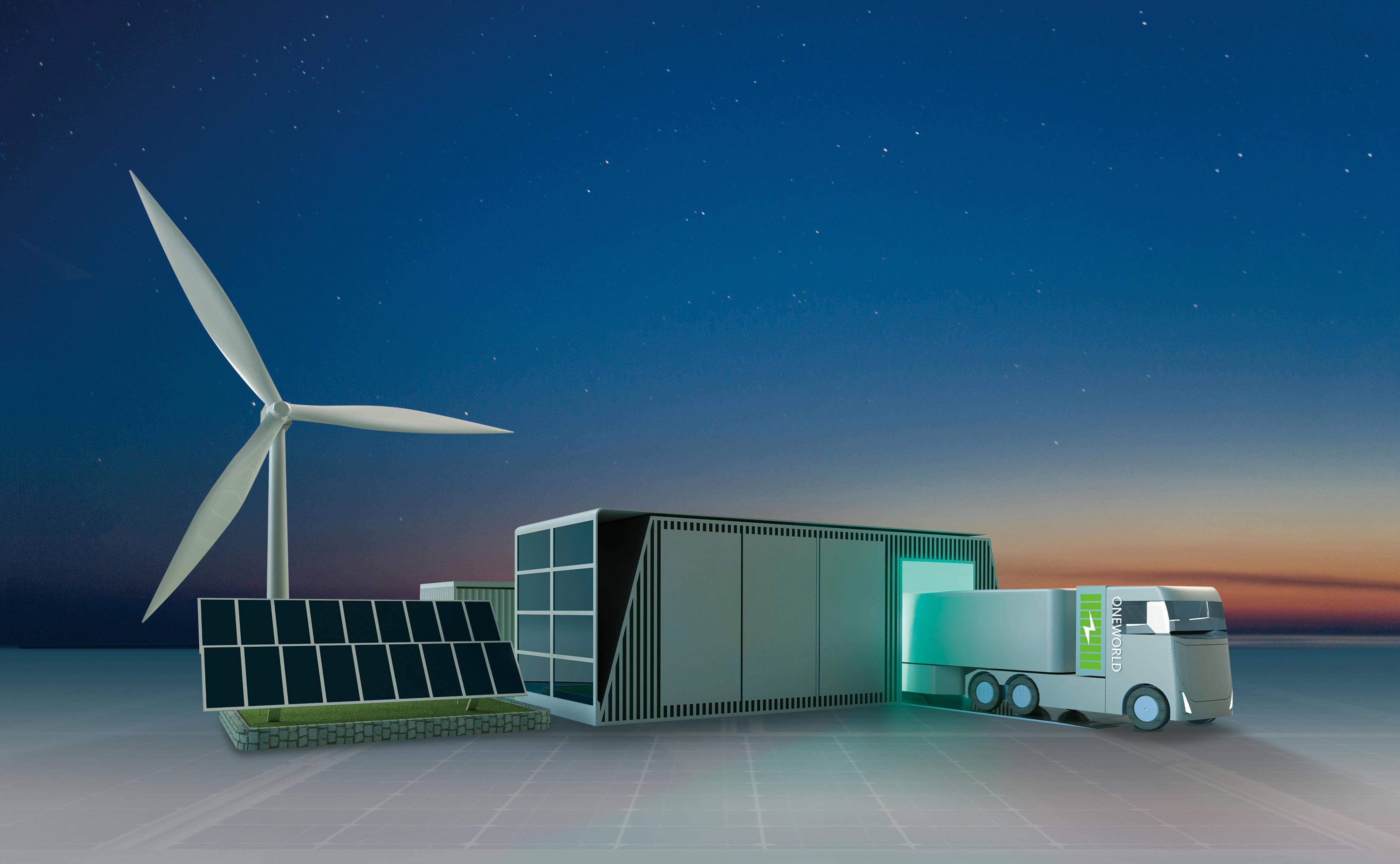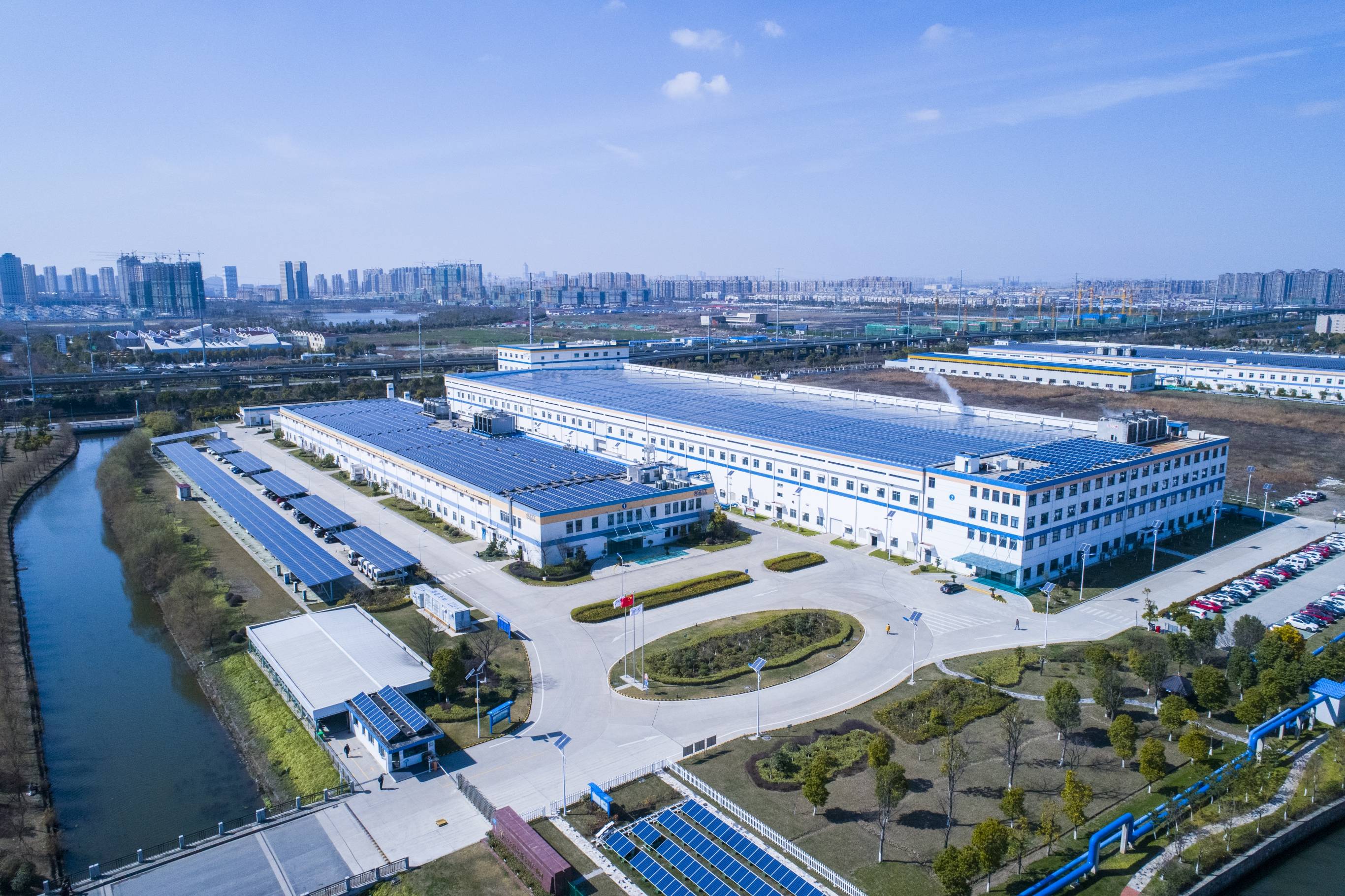
Nov . 29, 2023 13:47 Back to list
Advanced performance of energy storage battery
The development of energy storage batteries has been driven by market demand and has evolved separately for different fields such as large storage, household energy storage, and industrial and commercial energy storage. These batteries have advanced in terms of performance, including large capacity, high specific energy, ultra-long cycle, and wide temperature range. As energy storage power stations become larger, the demand for battery capacity, safety, and cycle life increases. However, there is currently no clear path for battery selection in the hot industrial and commercial energy storage sector, as the focus is on economic benefits and cost-effectiveness. Nevertheless, there is already momentum in the market for large-capacity batteries to support industrial and commercial energy storage products.
In the household energy storage sector, the selection of batteries is also market-oriented. The trend of high-voltage household energy storage and home appliances has prompted the use of designs such as full-pole tabs and large cylinders. Battery capacities below 50Ah and 50Ah-100Ah are available for household energy storage. This year alone, more than 20 battery companies have launched over 30 models of 300Ah+ or above energy storage batteries, with capacities such as 314Ah, 320Ah, and 325Ah. Increasing the capacity of energy storage batteries not only improves energy density and cycle life but also presents challenges such as heat dissipation and uneven heat distribution, requiring higher-level battery safety design and process development.

The capacity increase of energy storage batteries also leads to capacity upgrades in energy storage systems. For example, 20-foot standard container energy storage systems with 300Ah+ batteries have generally increased their capacity from 3MWh+ to 5MWh+, reducing the initial costs of land and infrastructure for energy storage projects. These performance improvements in 300Ah+ energy storage batteries are the result of continuous exploration by battery companies in materials, manufacturing, and technology. The use of composite current collectors, for instance, is both safe and economical and is expected to become the next generation of current collector materials. They can inhibit the growth of lithium dendrites, block current during puncture, and prevent thermal runaway, enhancing the safety of large-capacity energy storage batteries.
In terms of process and manufacturing, two paths are currently being explored. The first focuses on optimizing the internal spatial structure of the battery, while the second breaks the inherent shape and develops towards long, thin, and blade-like designs. The top-top technology, for example, reduces the top space of energy storage batteries, increasing space utilization and improving performance metrics such as actual capacity, cycle life, and energy efficiency. For industrial and commercial energy storage products, the current mainstream solution is to use 280Ah batteries, but the focus is expected to shift towards 300Ah+ batteries in the future. Large-capacity batteries offer higher benefits for these customers, reducing the number of products used and solving space constraints. Additionally, large-capacity batteries can reduce costs by reducing integrated components and maintaining a long cycle life, thus reducing the cost of electricity over the product's lifespan.

In the household energy storage market, the main application scenarios are household emergency power backup and the use of "photovoltaic + energy storage" systems. These scenarios require batteries with good rate performance, typically between 0.5-1C. Another trend in household energy storage is the use of high voltage, achieved by connecting multiple batteries in series. This results in smaller system currents, less interference, and higher conversion efficiency. However, the trend of high-voltage household energy storage requires higher battery consistency, making cylindrical batteries a favorable choice as they offer better consistency due to mature preparation processes. It is expected that large cylindrical batteries will continue to increase their penetration rate in the household energy storage field.
Overall, the performance evolution of energy storage batteries is closely aligned with market demand. Advancements have been made in various fields, and different battery technologies have been developed to meet specific requirements. The increasing capacity of energy storage batteries brings both challenges and opportunities in terms of performance, safety, and cost-effectiveness. Continued exploration and development in materials, manufacturing, and technology will further enhance the performance and adoption of energy storage batteries in various applications.
Related products:
Electrochemical energy storage FlexPIus-EN-512
Will be removed if infringing
Reference website:https://www.escn.com.cn
-
Stackable Battery System: Revolutionizing C&I Energy Storage with Suzhou ACDC
NewsJul.21,2025
-
Revolutionizing EV Charging with Suzhou DC Quick Charging Stations Solutions
NewsJul.21,2025
-
Revolutionize Your Power Needs with Suzhou ACDC's Portable Power Station Solutions
NewsJul.21,2025
-
Outdoor Integrated Temperature Control Cabinet: Elevating Energy Storage Cabinet Efficiency
NewsJul.21,2025
-
Container Type Energy Storage System: Revolutionizing Energy Storage with Stackable Battery Solutions
NewsJul.21,2025
-
Advanced Self-Cooling Energy Storage Cabinet Solutions
NewsJul.21,2025























